In The Face of War, Ukrainian Art and Artists Defy the Impossible
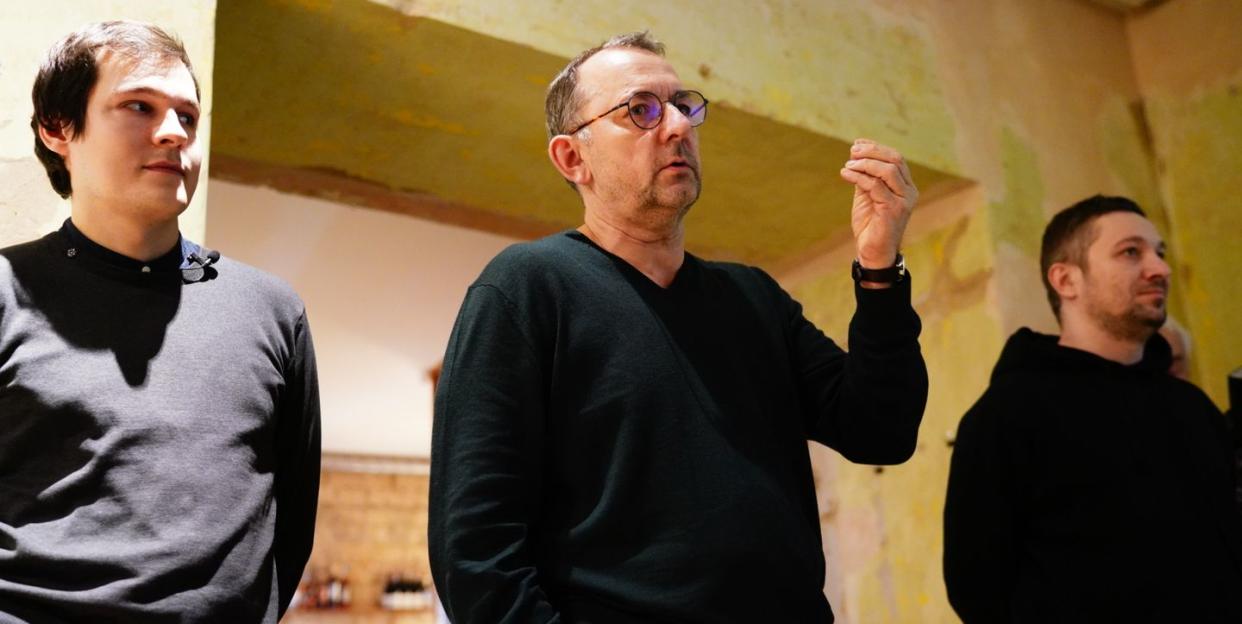
A day after Russia's invasion of Ukraine on February 24, Kyiv-based curator Maria Lanko put a small suitcase and four boxes of copper funnels into her car’s trunk and drove west. The traffic was packed on the way out toward the Ivano-Frankivsk region, but she managed to drive until a small village in Pavshyno, where a friend hosted her for a couple of nights. From there, Lanko headed to Eastern Europe, first crossing the Romanian border, then traveling on to Hungary, Austria, and northern Italy. Milan was the final destination in the curator’s mission to safely transfer the 72 funnels, which constitute Pavlo Makov’s artwork "The Fountain of Exhaustion, Acqua Alta (1995-2022)," to the Ukrainian pavilion for the upcoming Venice Biennale.
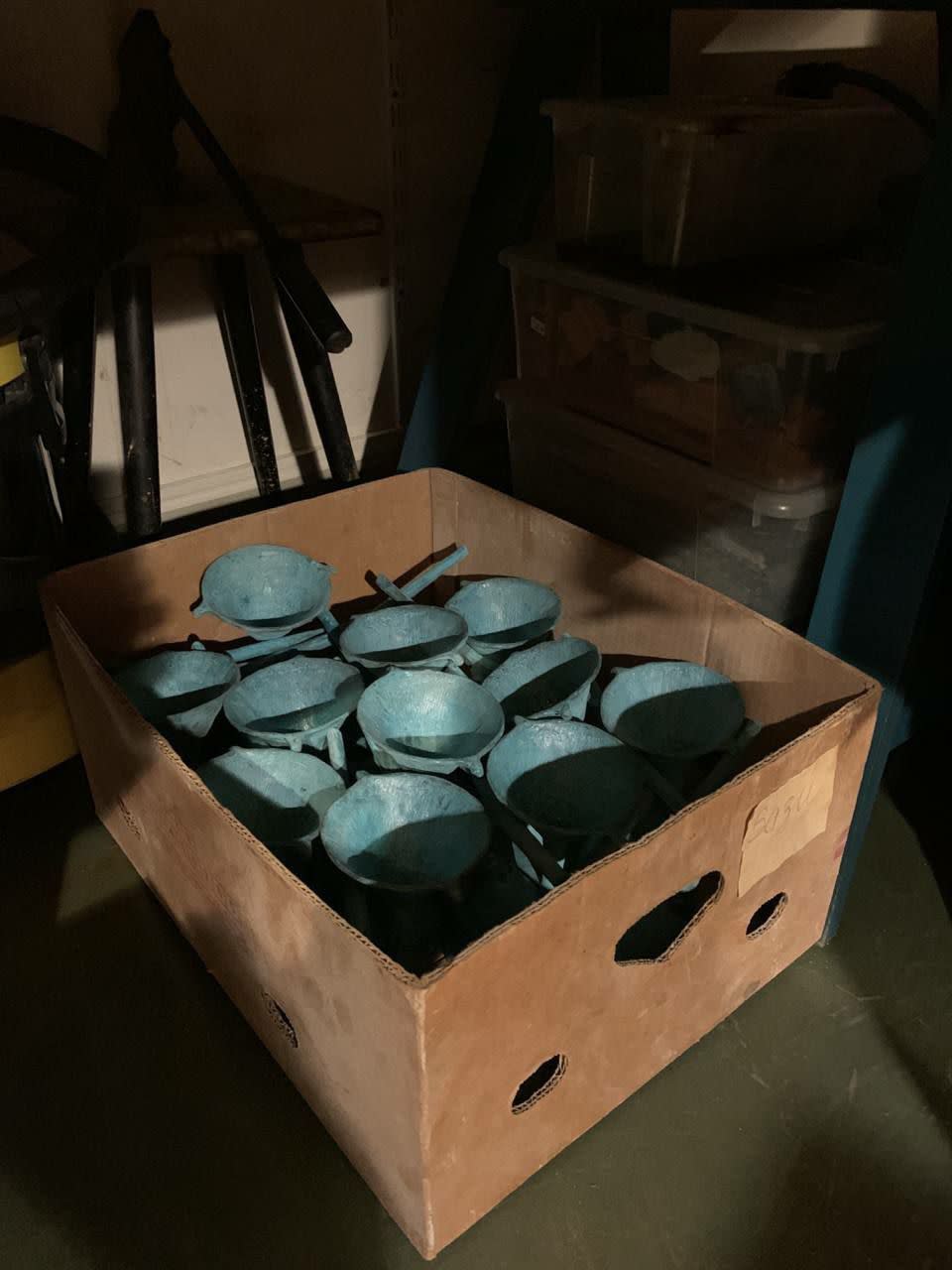
These days, Lanko and a team of designers and art handlers are busy rebuilding the nearly 10 feet by 10 feet wall-hung fountain which Kyiv-based firm Firma had designed to poetically cycle water in a loop. Lanko and Lizaveta German, who are the cofounders of Kyiv’s beloved art space The Naked Room, have curated the pavilion with Borys Filonenko, who runs the art book publisher IST Publishing. When the global exhibition opens on April 23, Lanko will be present at the pavilion to represent Makov’s work and her country, but the availability of her team members and the artist himself is unclear. German, who has just had a baby, is still in Ukraine, as is Filonenko, who is juggling his energy between participating in the defense of the country and overseeing the printing of the exhibition’s catalog in Lithuania and the Netherlands.
“Artists are on the forefront of resistance along with technicians, doctors, factory workers, or teachers—everybody is on the same boat,” says Björn Geldhof, the director of Kyiv’s influential art institution PinchukArtCentre, which is globally recognized for its prestigious Future Generation Art Prize. The collective commitment to defense is unlike anything he has ever witnessed. “This is a democracy in which many different options and heated debates can coexist, but today the country is unified,” he says from Belgium, where he has found refuge.
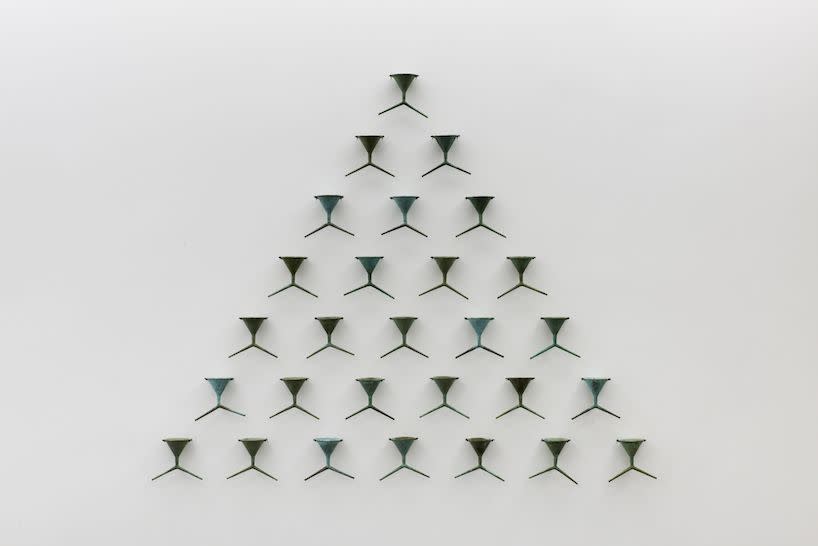
Currently, the art sector in Ukraine has been divided between safeguarding the nation’s art and artifacts and protecting their land. Many galleries and art centers, such as Detenpyla Gallery and Lviv Art Center, have turned into help stations, and artists and artisans have utilized their craft skills in favor of defense.
“Most of our artists are inventors who make do with little resources, and now they’re channeling that knowledge to create barricades or weapons,” says Olya Balashova who is the director of a non-governmental organization committed to opening Ukraine's first museum of contemporary art. (During our WhatsApp call, a bomb exploded outside of her sister’s apartment, where she was staying.) Prior to the invasion, Balashova and a group of cultural leaders had been working with the Ministry of Culture to create a home for local contemporary art. In fact, a museum dedicated to contemporary Ukrainian art was among President Zelensky’s promises upon his election in 2019. “Artworks are kept in living rooms, but, as the invasion shows, we need a permanent home to safeguard our art,” she says.
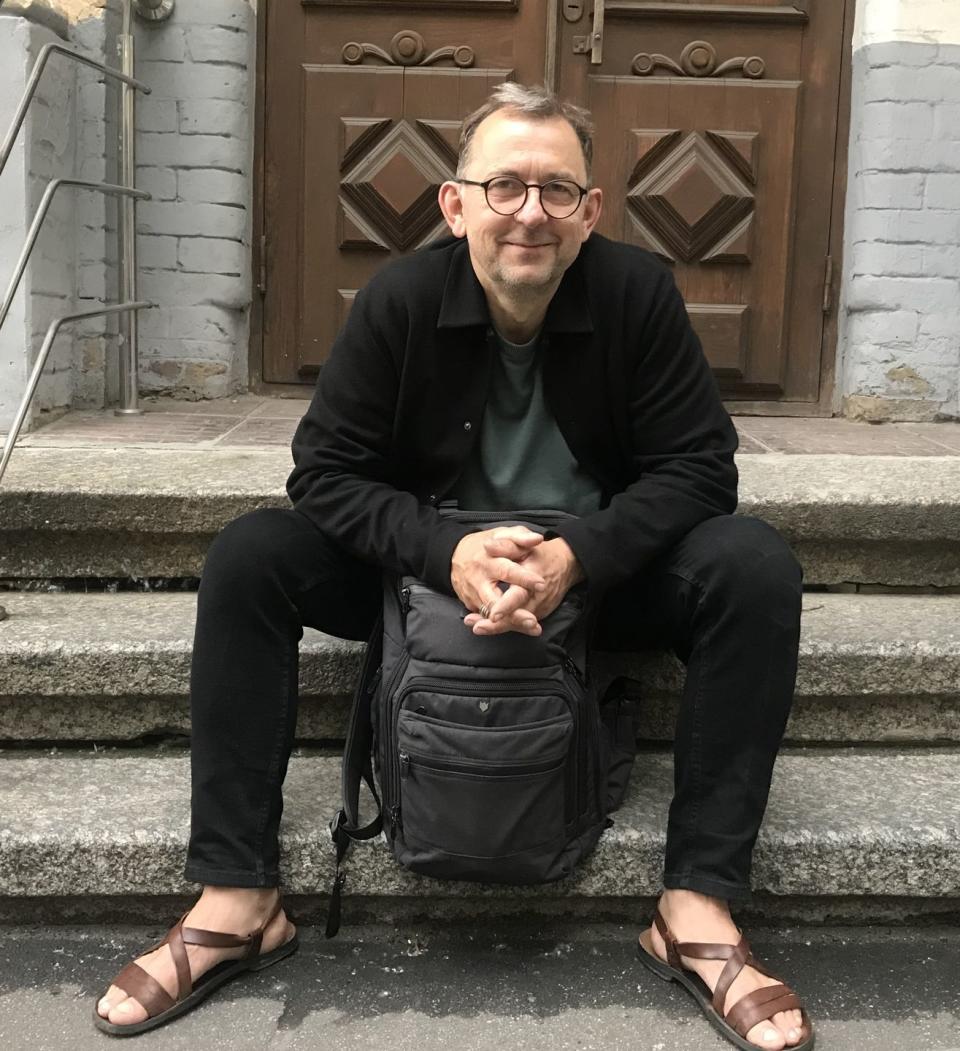
The capital’s art scene has thrived in recent years with local and international artists settling in hip neighbors like Podil, and galleries setting up shop in the Shevchenkivskyi district. As Russian missiles continue to target cultural sites, such as the Babyn Yar Holocaust Memorial or the opera house, art works are among the most vulnerable holdings. Bombs, however, have not been able to halt artistic voices: following the shutting of galleries, Facebook has transformed into an unlikely art gallery for many to exhibit new work. The immediacy of social media allows artists such as Vlada Ralko, Alevtina Kakhidze, and Gertruda Meyer to display their drawings of violence and atrocity to a wider audience and to chronicle their observations through paper and paint.
Masha Khalizeva, who is also working toward the creation of what they describe as “a hardware MoCA” or Museum of Contemporary Art, in Kyiv, has been helping cultural institutions like The Naked Room and Mystetskyi Arsenal to establish Ukrainian Emergency Art Fund. Since launching on March 11, the platform has been providing stipends and shelter for artists and cultural workers in addition to resources for other available funds. “We’ve been getting donations from all over the world, not only from other artists and collectors, but also House of Europe and the British Council,” she says from Cyprus where Khalizeva has found herself stuck when the war began. Next in their agenda is to launch an NFT sale for digital copies of works by local artists through online or physical exhibitions hosted by international galleries in solidarity.
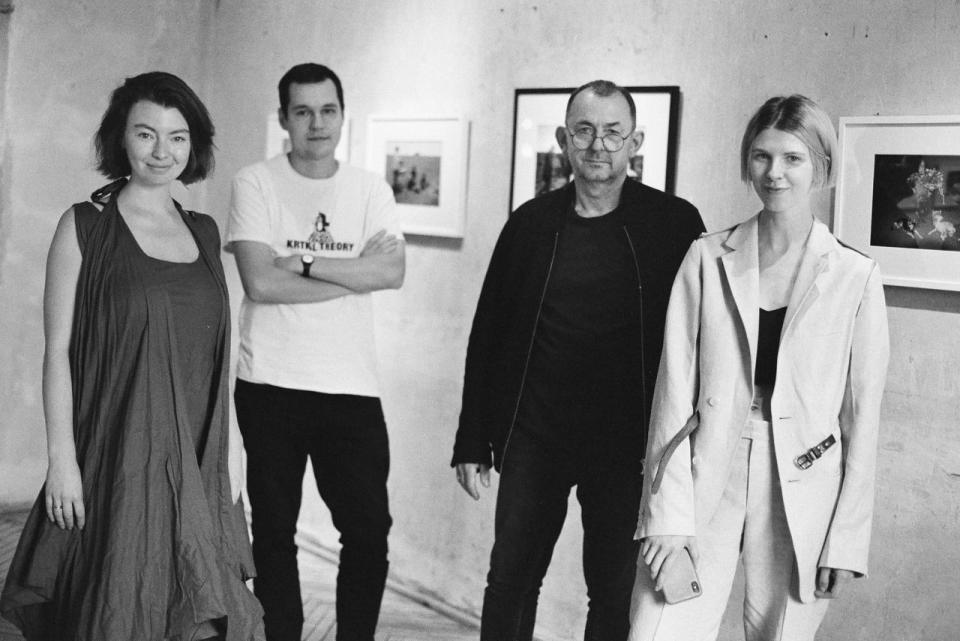
The response from the international art scene has been twofold. In addition to extending their helping hand to Ukraine, many institutions have suspended their relationships with Russia’s collectors and state-run institutions. Sotheby’s and Christies’ have both canceled their Spring Russian Art auctions while the Russian-owned auction house Philips has received international condemnation.
Museums with Russian art currently on view, meanwhile, are still trying to craft their next step. The Victoria & Albert Museum’s Fabergé in London: Romance to Revolution features many imperial eggs, including those that have never been previously exhibited in the UK, as well as archival ephemera related to Carl Fabergé’s craft. The V&A has declined to comment on the fate of the currently sold-out show which is scheduled to run through May 8. Fondation Louis Vuitton on the other hand has extended the closing date of its exhibition The Morozov Collection: Icons of Modern Art from February 22 to April 3. The expansive affair, which is organized in collaboration with Russia's State Hermitage Museum, the Pushkin State Museum of Fine Arts, and the Tretyakov Gallery, includes two hundred French and Russian works of Imperialist and Modern art from the collection of Morozov brothers. Fondation Louis Vuitton’s former collaborative exhibition with Russian state museums, Shchukin Collection, saw 1.3 million visitors in 2016.
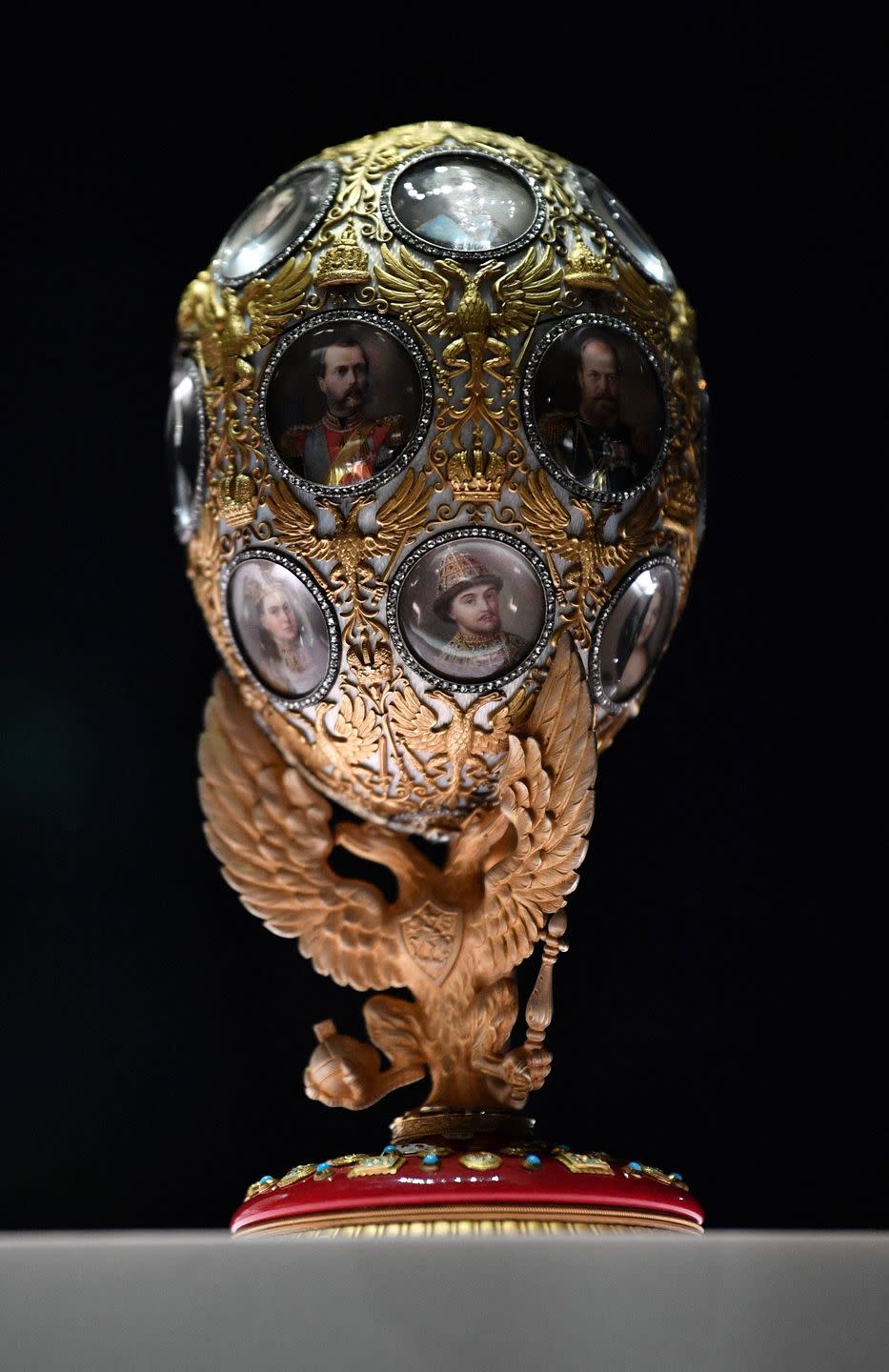
“The resilience of Ukrainians can not be underestimated, and from that perspective, the resilience of Ukrainian art cannot be underestimated,” says Geldhof. A sign proved the director’s sentiment on March 9, during our conversation: artist Nikita Kadan won the prestigious Taras Shevchenko National Prize—the nation’s highest in the cultural sector—for his PinchukArtCentre exhibition Stone Hits Stone about the post-Soviet heritage. Khalizeva and Balashova’s vision supports the resilience among the country’s art community. After Venice Biennale, their hope is to participate in other international shows, such as the quinquennial exhibition documenta in Kassel or the European nomadic biennial Manifesta. “We will continue our search for places to tell the stories of our artists and people,” says Khalizeva.
You Might Also Like

